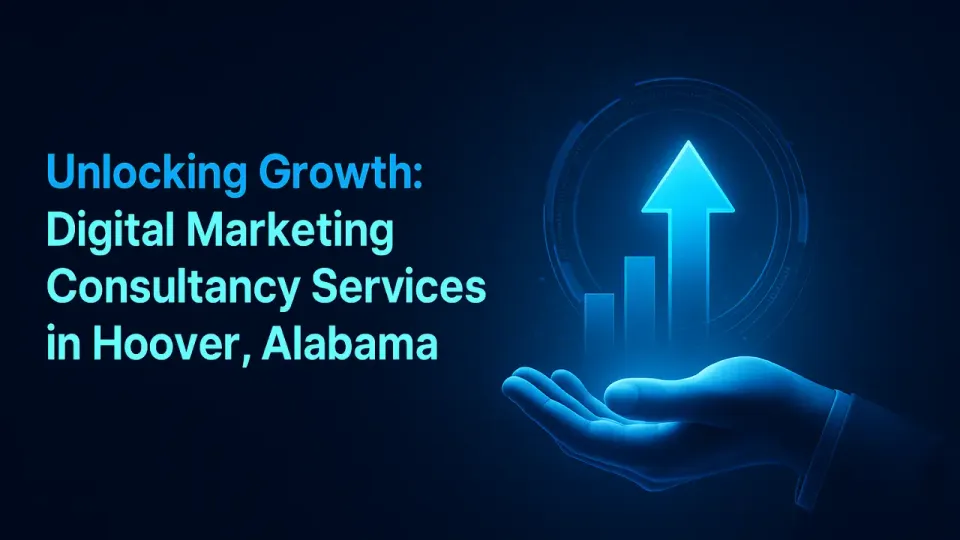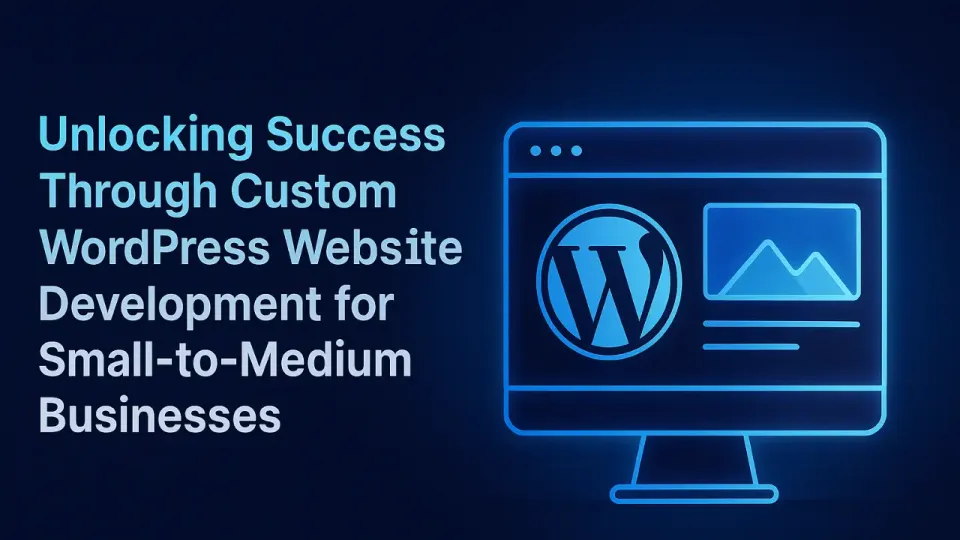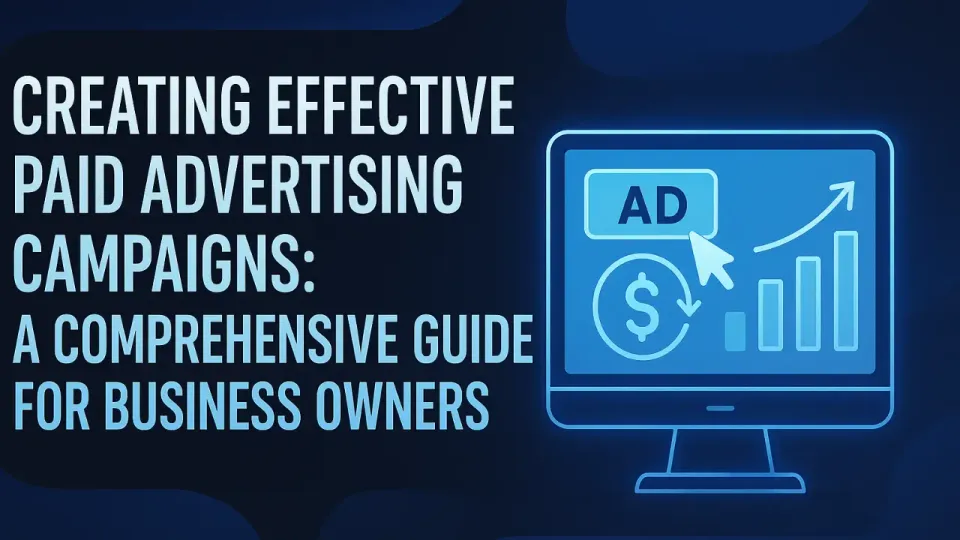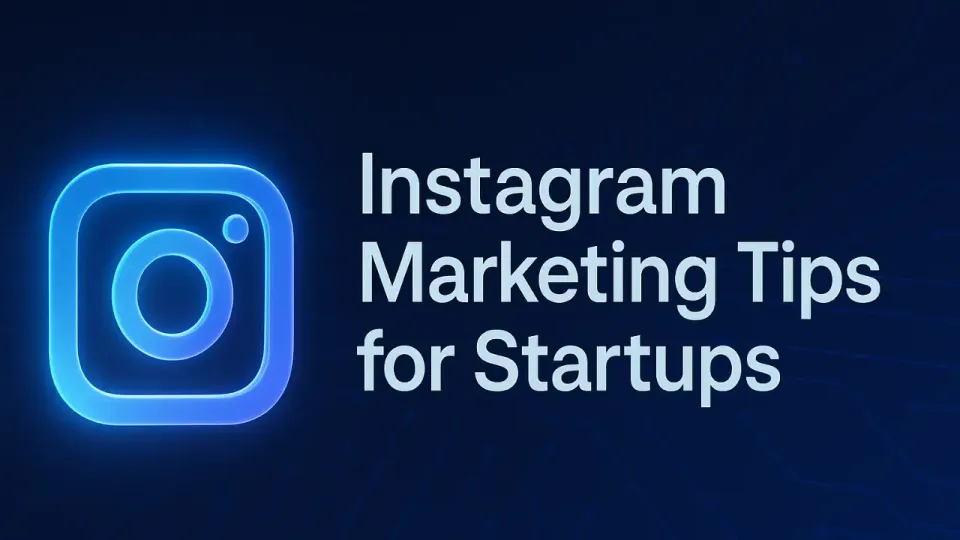Top 10 Web Design Trends for 2024
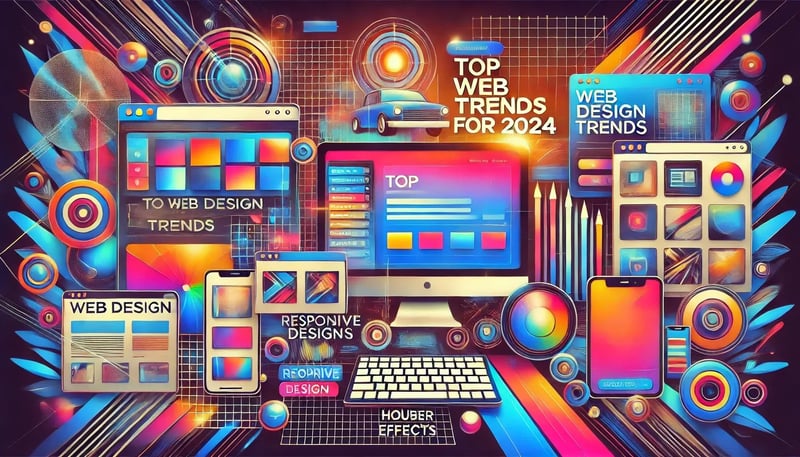
As we navigate the ever-evolving digital landscape, web design continues to play a crucial role in shaping user experiences and brand identities online. In 2024, we're witnessing a fascinating blend of innovative technologies, user-centric approaches, and creative aesthetics that are redefining the way we interact with websites. From immersive 3D elements to AI-driven personalization, this year's trends are pushing the boundaries of what's possible in web design.

Our Voiceover Process
In this comprehensive guide, we'll explore the top 10 web design trends that are set to dominate the digital sphere in 2024. Whether you're a seasoned web designer, a business owner looking to revamp your online presence, or simply an enthusiast eager to stay ahead of the curve, these insights will help you understand and leverage the latest developments in the field.
1. Immersive 3D Experiences
The Rise of Three-Dimensional Web Design
As technology advances, web designers are increasingly incorporating 3D elements to create more engaging and interactive user experiences. In 2024, we're seeing a significant rise in the use of three-dimensional design across various website types, from e-commerce platforms to portfolio sites.
Benefits of 3D in Web Design
- Enhanced visual appeal
- Improved product showcases
- Increased user engagement
- Memorable brand experiences
Implementing 3D Elements
To effectively incorporate 3D elements into your web design:
- Use WebGL and Three.js libraries for rendering
- Optimize 3D assets for faster loading times
- Ensure compatibility across different devices and browsers
- Balance 3D elements with overall site performance
Case Studies
Several leading brands have already embraced 3D web design, including Apple's product pages and Adidas' interactive shoe customizer. These examples demonstrate how 3D can be used to create immersive and informative user experiences.
Web & UI Design Trends for 2024 by Jesse Showalter
2. AI-Powered Personalization
The Role of Artificial Intelligence in Web Design
Artificial Intelligence is revolutionizing web design by enabling unprecedented levels of personalization. In 2024, we're seeing AI algorithms being used to tailor content, layout, and user interfaces based on individual user preferences and behaviors.
Key Areas of AI Application
- Dynamic content recommendations
- Personalized user interfaces
- Adaptive color schemes and typography
- Intelligent chatbots and virtual assistants
Implementing AI-Driven Personalization
To leverage AI in your web design:
- Collect and analyze user data (with proper consent)
- Implement machine learning algorithms
- Use AI-powered design tools
- Continuously refine and update your AI models
Ethical Considerations
While AI offers exciting possibilities, it's crucial to address privacy concerns and ensure transparent data usage policies. Striking the right balance between personalization and user privacy will be key to successful implementation.
3. Micro-Interactions and Micro-Animations
Enhancing User Experience Through Subtle Interactions
Micro-interactions and micro-animations are small, purposeful animations that provide visual feedback and guide users through their journey on a website. In 2024, these subtle design elements are becoming increasingly sophisticated and integral to creating engaging user experiences.
Types of Micro-Interactions
- Hover effects
- Loading animations
- Form field interactions
- Scrolling effects
Best Practices for Implementing Micro-Interactions
- Keep animations subtle and purposeful
- Ensure consistency across the site
- Optimize for performance to avoid lag
- Use micro-interactions to reinforce brand identity
Tools and Technologies
Several tools and libraries are available for creating micro-interactions, including:
- Lottie by Airbnb
- GreenSock (GSAP)
- Framer Motion
- CSS animations and transitions
4. Dark Mode and Color Schemes
The Growing Popularity of Dark Themes
Dark mode has transitioned from a novel feature to a standard expectation in 2024. Users appreciate the option to switch between light and dark themes, not only for aesthetic reasons but also for reduced eye strain and improved battery life on mobile devices.
Implementing Dark Mode
To effectively implement dark mode:
- Design for both light and dark themes from the start
- Use CSS variables for easy color switching
- Consider automating theme changes based on user preferences or time of day
- Ensure proper contrast ratios for accessibility
Color Trends in 2024
Alongside dark mode, we're seeing a shift towards:
- Muted and earthy color palettes
- Gradients and color transitions
- Bold, vibrant accent colors
- Customizable color schemes
Accessibility Considerations
When implementing color schemes and dark mode, always prioritize accessibility. Ensure that text remains readable and that interactive elements are easily distinguishable in both light and dark themes.

5. Voice User Interface (VUI) Integration
The Rise of Voice-Enabled Web Experiences
As voice recognition technology improves, we're seeing an increased integration of Voice User Interfaces (VUI) in web design. In 2024, websites are becoming more accessible and interactive through voice commands and audio feedback.
Applications of VUI in Web Design
- Voice search functionality
- Audio content navigation
- Accessibility features for visually impaired users
- Voice-controlled forms and interactions
Implementing VUI
To incorporate voice interfaces into your web design:
- Use Web Speech API for voice recognition and synthesis
- Design clear voice commands and feedback
- Provide visual cues to support voice interactions
- Ensure multilingual support where necessary
Challenges and Considerations
While VUI offers exciting possibilities, designers must consider:
- Privacy concerns related to voice data
- Accuracy of voice recognition across accents and languages
- Balancing voice and traditional interfaces
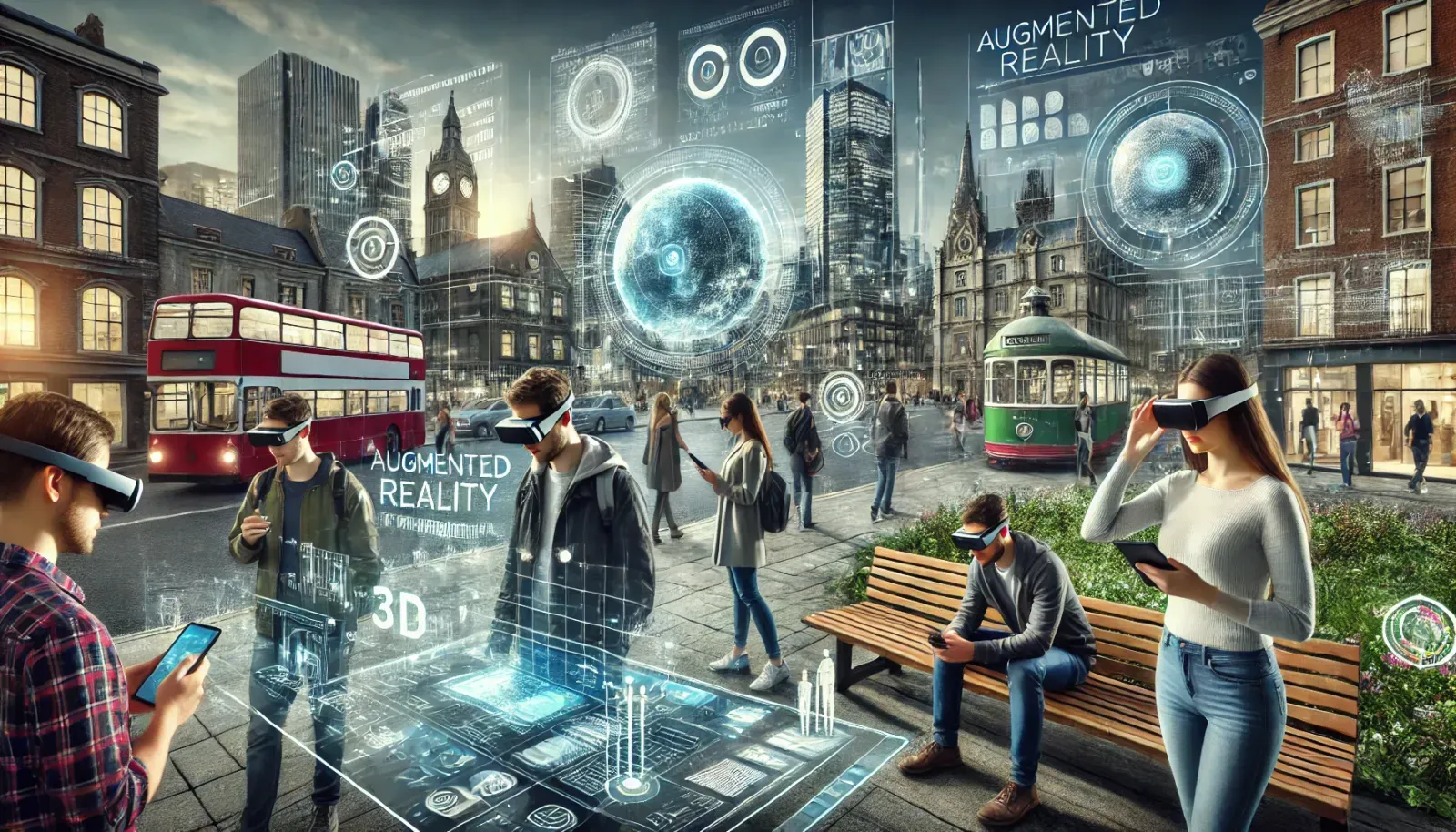
6. Augmented Reality (AR) Experiences
Blending Digital and Physical Worlds
Augmented Reality is making significant strides in web design, allowing users to interact with digital content in their physical environment. In 2024, we're seeing more websites leveraging AR to create immersive and interactive experiences.
Applications of AR in Web Design
- Virtual try-ons for e-commerce
- Interactive product demonstrations
- Educational and training simulations
- AR-enhanced marketing campaigns
Implementing AR Features
To incorporate AR into your web design:
- Use WebXR API for AR experiences
- Optimize 3D models for web-based AR
- Design intuitive AR interfaces
- Ensure compatibility across devices and browsers
Case Studies
Several brands have successfully implemented AR in their web design, including IKEA's AR furniture placement tool and Gucci's virtual try-on feature for shoes and accessories.
7. Minimalism and Whitespace
The Continued Importance of Clean Design
While technology enables more complex designs, minimalism and the effective use of whitespace remain crucial trends in 2024. Clean, uncluttered designs help improve user focus, readability, and overall user experience.
Key Principles of Minimalist Design
- Simplified color palettes
- Ample whitespace
- Clear typography hierarchies
- Focused content presentation
Balancing Minimalism with Functionality
To create an effective minimalist design:
- Prioritize essential content and features
- Use negative space to guide user attention
- Implement intuitive navigation systems
- Ensure that simplicity doesn't compromise functionality
Examples of Effective Minimalist Web Design
Brands like Apple and Google have long championed minimalist design. In 2024, we're seeing more companies across various industries adopting this approach to create sleek, user-friendly websites.
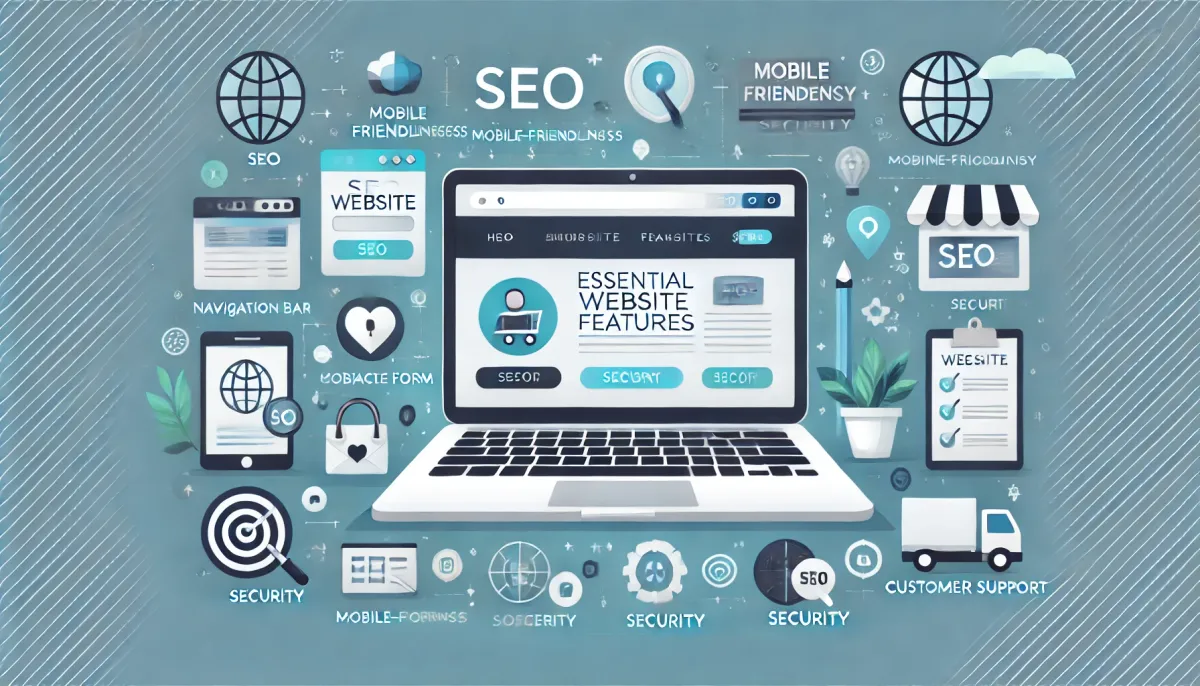
Read this article for more ways to help your small business website.
8. Responsive and Adaptive Design
Evolving for a Multi-Device World
As the variety of devices used to access the web continues to grow, responsive and adaptive design remains a critical trend in 2024. Designers are focusing on creating seamless experiences across desktops, tablets, smartphones, and emerging technologies like foldable devices.
Key Aspects of Modern Responsive Design
- Fluid grid layouts
- Flexible images and media
- CSS media queries
- Device-specific optimizations
Implementing Responsive Design
To ensure your website is truly responsive:
- Adopt a mobile-first approach
- Use CSS Grid and Flexbox for layout
- Implement responsive images and videos
- Test across a wide range of devices and screen sizes
Beyond Responsiveness: Adaptive Design
In 2024, we're seeing an increased focus on adaptive design, which goes beyond responsiveness to deliver tailored experiences based on device capabilities and user context.
9. Sustainable and Eco-Friendly Web Design
Designing with Environmental Impact in Mind
As awareness of digital carbon footprints grows, sustainable web design is becoming a significant trend in 2024. Designers are focusing on creating websites that are not only visually appealing and functional but also energy-efficient and environmentally friendly.
Key Principles of Sustainable Web Design
- Optimizing site performance and loading speeds
- Reducing data transfer and storage requirements
- Using eco-friendly hosting solutions
- Implementing efficient coding practices
Implementing Sustainable Design Practices
To create more sustainable websites:
- Compress images and use modern formats like WebP
- Minimize HTTP requests
- Leverage browser caching
- Choose green hosting providers
Measuring and Communicating Sustainability
Tools like Website Carbon Calculator are helping designers assess the environmental impact of their websites. In 2024, we're seeing more companies proudly displaying their website's carbon footprint and sustainability efforts.
10. Accessibility-First Design
Prioritizing Inclusive Web Experiences
In 2024, accessibility is no longer an afterthought but a fundamental aspect of web design. Designers are increasingly adopting an accessibility-first approach to ensure that websites are usable by people of all abilities.
Key Aspects of Accessible Web Design
- Proper color contrast
- Keyboard navigation support
- Screen reader compatibility
- Alternative text for images and media
Implementing Accessibility Features
To create more accessible websites:
- Follow WCAG 2.1 guidelines
- Use semantic HTML
- Implement ARIA attributes where necessary
- Regularly conduct accessibility audits
The Business Case for Accessibility
Beyond being ethically right, accessible design opens up websites to a broader audience and can lead to improved SEO and user engagement. In 2024, we're seeing more companies recognize the business benefits of prioritizing accessibility.
Conclusion
As we navigate through 2024, these top 10 web design trends are shaping the digital landscape and redefining user experiences online. From immersive 3D elements to AI-driven personalization, from voice interfaces to sustainable design practices, the world of web design continues to evolve at a rapid pace.
While it's exciting to embrace these new trends, it's crucial to remember that effective web design is ultimately about meeting user needs and business objectives. As you consider incorporating these trends into your web projects, always prioritize user experience, accessibility, and performance.
The future of web design looks bright, with technology enabling ever more creative and functional possibilities. By staying informed about these trends and thoughtfully implementing them, designers and businesses can create compelling, user-friendly websites that stand out in the digital crowd.
As we look ahead, it's clear that the most successful web designs will be those that seamlessly blend innovation with usability, pushing the boundaries of what's possible while never losing sight of the end-user. Here's to a year of creative, accessible, and impactful web design!
"Joining this community has been a game-changer for staying updated on the latest trends & events!" - John B.



